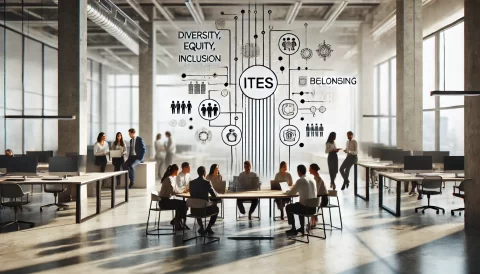TL;DR
- Most companies plan for headcount, not capability. That leaves gaps in readiness when the business changes direction or pace.
- A good workforce plan starts with business goals, not HR templates. It should reflect upcoming work, not just current roles.
- Planning by skills gives you more options. It lets you redeploy, reskill, or hire without starting from scratch every time.
- Bench strength is proper only when managed well. Without planning, it becomes an overhead instead of a backup.
- Strategic planning is not a one-time event. It needs updates every quarter to reflect fundamental shifts in teams and targets.
Introduction
Only 15 percent of companies invest in strategic workforce planning. That leaves most HR teams stuck in short-term firefighting. Without a longer view, you may struggle to support business expansion, manage attrition, or fill future leadership roles.
You’ve probably felt this before. The business is growing or shifting direction, but your current team structure and skills don’t quite match up. Hiring feels reactive. Reskilling plans feel like guesswork. The leadership wants answers faster than you can deliver them.
In this blog, you’ll learn how to build a workforce planning approach that works for your context. We’ll cover frameworks, planning steps, common mistakes, and practical tactics for Indian organisations.
Let’s begin with the basics.
What Is Strategic Workforce Planning? And Why Does It Matter?
Strategic workforce planning is about more than filling roles. It connects talent planning with long-term business direction and helps you stay one step ahead.
Many HR leaders confuse it with annual headcount forecasting or recruitment planning. Those are short-term needs. Strategic workforce planning looks further, covering skills, roles, and readiness.
It asks hard questions. Do we have the people to support our next product? Will our current managers be ready to lead next year? Are we building the right career paths for retention?
The goal is to ensure your workforce can meet future demands without guesswork. That means making informed decisions about hiring, reskilling, and internal mobility.
It’s not a spreadsheet exercise. It’s a shift in how you think about people planning. It calls for clear business input, not just HR data.
Now that you know what it is, let’s look at why it’s worth your time and energy.
Key Benefits of Strategic Workforce Planning

Strategic workforce planning gives you clarity. You know what talent you need, when you need it, and how to meet those needs.
Let’s break down the key benefits you can expect when this process is done well.
- It Links Talent to Business Priorities: You’re not guessing workforce needs. You’re planning based on future goals, product plans, and market shifts.
- It Reduces Bench Waste: With better forecasting, you avoid overhiring or carrying a bench without a plan. That protects both budgets and team morale.
- It Speeds Up Hiring: Knowing what roles are coming allows your team to build pipelines early. No more rushed hiring or poor fits under pressure.
- It Supports Internal Mobility: You no longer need to look outside for every role. Instead, you identify who can grow internally, saving time and improving retention rates.
- It builds a Stronger Leadership Pipeline: You prepare the next layer of leaders before the current ones exit. That means smoother transitions and fewer last-minute changes.
- It Helps Manage Attrition: You spot risk areas ahead of time. When someone leaves, you already have a plan for who steps in or how the gap is filled.
To move from ideas to action, you’ll need tools that give structure. Let’s discuss those next.
Workforce Planning Frameworks That Work
You need a structure to make strategic workforce planning work. A framework helps you organise your thinking and avoid missing critical steps.
Let’s walk through three simple frameworks that can help you plan better with fewer blind spots.
1. The 7R Model for Workforce Planning
This model focuses on seven key elements. Each one guides your thinking around what, when, and where talent is needed.
- Right People: Who has the skills to meet future needs
- Right Skills: What capabilities are critical for the business
- Right Structure: How teams should be designed for delivery
- Right Size: How many roles are needed
- Right Time: When will you need them ready
- Right Place: Where roles should be based
- Right Cost: What the budget allows and demands
This helps you go beyond job titles and think about actual needs.
2. Competency-Based Planning
Instead of planning by job roles, this approach plans by skills. It helps you see which skills are missing or underused across departments.
You can build cross-functional plans, reduce hiring gaps, and prepare internal employees to move across teams or functions.
It also helps you respond faster to shifting business needs without starting from scratch.
3. Strategic, Tactical, and Operational Levels
Planning should happen on three levels. Each one serves a different time frame and set of decisions.
- Strategic: Looks one to three years ahead and supports business goals
- Tactical: Covers six to twelve months with role-level clarity
- Operational: Focuses on short-term hiring, training, or deployment
Each level builds on the next. You can’t do short-term well without a clear long-term direction.
With the frameworks clear, let’s now go step-by-step through the whole workforce planning process.
Step-by-Step Workforce Planning Process

Now that you understand the frameworks, it’s time to look at how the planning process works from start to finish.
Each step builds on the last. You’ll need input from business, finance, and HR to get a complete picture. Let’s go step by step.
1. Define Business Priorities and Future Needs:
Start by meeting with business heads. Understand product roadmaps, expansion plans, customer goals, and potential changes in structure or focus. This sets the direction for what kind of roles and skills you need to plan for.
2. Forecast Future Demand for Roles and Skills:
Review the growth plans and outline the roles and capabilities required. Think beyond today’s titles and focus on future needs. Break this into short-term, mid-term, and long-term needs across teams.
3. Review Current Workforce Supply:
Now, assess your current people. What skills exist? Where are the gaps? What roles are at risk of attrition? Include contract staff, gig workers, and leadership talent while reviewing the supply side.
4. Find Gaps in Capability and Capacity:
Compare the demand forecast with your supply data. This will show where you have too much, too little, or the wrong mix of skills. Look closely at critical roles, succession plans, and areas with little depth.
5. Plan Actions: Hire, Reskill, Redeploy, Use the Bench:
Decide how to close those gaps. That might include external hiring, internal mobility, reskilling programs, or deploying people from the bench. Include career pathing and short-term learning interventions wherever possible.
6. Track Progress and Adjust as Needed:
Set clear metrics and track outcomes. Are roles being filled? Is the bench being reduced? Are internal moves happening faster? Review this quarterly with leadership. Update plans based on business shifts or attrition patterns.
Now that you know the process, let’s turn to what helps it stay practical in the day-to-day.
Best Practices for Indian Organisations
You’ve seen the steps. Now let’s look at what separates companies that plan well from those constantly reacting to problems.
These practices come from what has worked across Indian businesses across sectors and team sizes.
1. Use Real-Time Workforce Data:
Move beyond static headcount reports. Use dashboards and tools that show current skills, open roles, attrition trends, and hiring timelines. This helps you act early and make decisions backed by facts, not gut feeling.
2. Involve Business and Finance in Planning:
Workforce planning is not just an HR job. Bring in inputs from finance teams, BU heads, and operations to plan based on actual goals. This builds more substantial support and avoids last-minute surprises or miscommunication.
3. Plan for a Flexible Workforce:
Not all roles need full-time employees. Plan a mix of gig workers, contractors, hybrid roles, and permanent staff where required. This enables you to respond more quickly to project-based needs without incurring additional costs on the bench.
4. Build Internal Career Paths:
Spot people with growth potential. Map their skills. Create mobility paths that support both retention and workforce stability.
This reduces hiring pressure and improves engagement without waiting for attrition to drive change.
5. Link Workforce Planning to Business Outcomes:
Tie your planning to clear metrics. Measure time-to-fill, cost-per-hire, bench ratios, promotion rates, and reskilling success. This demonstrates how workforce planning benefits not just people operations, but the entire business.
Along with best practices, it helps to know where teams usually go wrong. Let’s highlight the ones you can prevent.
Common Mistakes That Slow You Down

Even with the best frameworks and tools, workforce planning can stall if a few avoidable mistakes creep in. Here’s what to watch out for.
Planning in Silos Without Business Input:
When HR works alone, the plan misses key business shifts. Always bring business leads into the process from the start. That keeps your plan grounded in reality and avoids wasted effort or poor timing.
Focusing Only on Titles, Not Skills:
Titles don’t tell the whole story. A project manager in one team may have skills that apply elsewhere but stay invisible without deeper mapping. Make sure your plan is built around current and future capabilities, not just roles.
Ignoring Internal Talent and Bench Strength:
Many teams look outside by default. Meanwhile, skilled employees sit idle or underused on the bench. Planning must include ways to redeploy, reskill, and retain people already inside the organisation.
Waiting Too Long to Update the Plan:
Workforce needs can shift quickly with new projects, exits, or business goals. Waiting a whole year to revise the plan is too late. Build in regular checkpoints every quarter. That keeps your plan fresh and valuable.
If you need support avoiding these pitfalls, TeamLease can help with practical tools and services across the whole planning cycle.
How TeamLease Helps You Plan Better
If you need support to build, scale, or refresh your workforce plan, TeamLease Digital offers solutions tailored to Indian organisations across sectors.
Here’s how they help you move from planning to action without getting stuck in delays or guesswork.
- Full Hiring Support: Over 200 recruiters manage sourcing and screening across roles. AI tools help match the right talent with your business needs.
- Payroll and Compliance: Our team handles payroll and labour compliance across India. That reduces admin pressure and keeps onboarding timelines on track.
- Access to 450+ HR Tools: The platform matches your business with tools based on size, team structure, and growth plans. No generic software bundles.
- Advisory for HR Design: TeamLease helps review your current processes and suggest changes that improve service delivery without adding more layers.
- Scalable Learning Options: We run hire-train-deploy programs and blended learning with 10,000 trainers. You get access to skills your team actually needs.
You can’t always predict change, but you can prepare for it with the right workforce plan. That’s where the difference begins.
Strategic workforce planning helps you take control of talent, reduce waste, and support business goals without last-minute decisions.
If you want support to build or improve your plan, TeamLease is ready to help your team get started the right way.
Book a demo today and see how TeamLease can support your workforce planning across hiring, learning, and HR technology.
FAQs
Q. How is workforce planning different from traditional human resources budgeting?
A: Budgeting looks at cost and headcount. Workforce planning incorporates role priorities, skills, timing, and future business needs to inform more effective decision-making.
Q. Who should lead strategic workforce planning in the organisation?
A: Planning should be owned jointly by HR and business leaders. HR brings the data while the business sets the direction and priorities.
Q. How often should the plan be reviewed or adjusted?
A: Review it every quarter. Update based on project shifts, attrition trends, or changes in market demand for specific roles or skills.
Q. What metrics should be tracked to measure planning success?
A: Look at fill rates, internal moves, hiring lead time, and skill readiness for future roles. Avoid tracking only basic headcount numbers.
Q. Can workforce planning help during low hiring seasons or cost cuts?
A: Yes. It helps you use your current team better, manage bench strength, and avoid hiring when redeployment is a smarter option.







